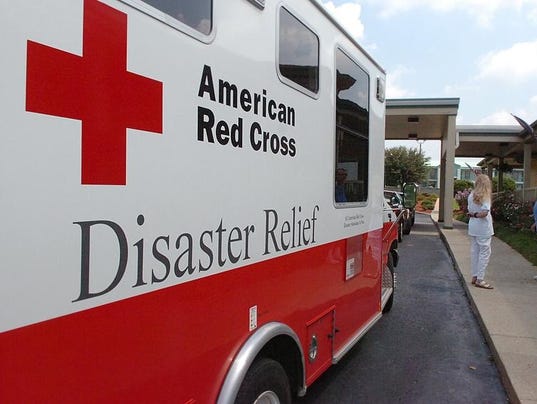Hi everyone,
I started this post on Sunday evening after the North East Region road crash rescue workshop and finished it today. It’s been a very valuable day and I thought it might be useful to write the learnings down instead of purely carrying them about inside my head.
Car on car
The day mainly took the form of three/four practical stands covering somewhat ‘unconventional’ road rescue situations. The first of the exercises we were presented with was of one car mounted on the bonnet of another, as here –
The object of this exercise was to stabilise the vehicles effectively. Primary stabilisation was effected with plastic blocks on both vehicles and by chocking the wheels. Further stabilization was carried out with the always useful stabfast braces on either side of the top vehicle.
The other particularly useful lesson was the use of ratchet straps to connect the topmost part of the vehicle on top to a tree or some other fixed object to minimise the risk of it sliding and causing injury to casualties or responders.
Car under trailer
The second stand covered cars being stuck under a semi-trailer. This is particularly topical for North-East region units, whose areas are crossed by (among others) the Hume, Northern, Midland and Goulburn Valley Highways.
The recommended mode of release was to disconnect the prime mover and build a tower of cribbing blocks under area of the turntable pin, which is then topped with one or more airbags to provide lift.
Image from here
The trailer is supported while lifting with towers of cribbing blocks placed under its rails. It seems to me that if one were doing this in the field, it’d be wise to seek advice from the driver as to the distribution of the load in the trailer so to reduce the risk of overbalancing.
It also crosses my mind that a particular risk would be posed by inherently unstable loads, especially livestock. It’s not hard to imagine circumstances where a truck carrying cattle, in particular, may be almost impossible to work on safely without the assistance of (for instance) heavy vehicle tow operators.
While the trailer is being lifted, the bonnet of the trapped car should be forced down towards the ground using a ratchet strap hooked onto the wheels: this will compress the suspension and prevent the car from ‘rising’ with the trailer.
A truck driver I was speaking with last night mentioned that many semi-trailers have adjustable airbag suspension which could on its own lift the trailer clear of a car, assuming the airlines remain intact. In the field it would be wise to ask the driver whether they can attempt to lift the trailer using the truck’s own power
Lower leg entrapment
Door removal
The third and fourth stands overlapped somewhat, covering door removal and dashboard lift. Door removal can be effected by using the spreaders to widen the window vertically. This will distort the door enough to create a gap between the door and the frame which the spreaders can progressively widen until they can be brought to bear on the door lock itself, breaking it open. This process makes it almost impossible to ‘skin’ the door (that is, peeling off the outer metal curtain but leaving the door itself in place). After the check strap is cut (boltcutters will do this) the spreaders can be used to break the lower and upper door hinges (in that order) allowing the door to be removed entirely.
Image from here
The process can then be repeated on the other door. Working quickly, my guess is that it would take about three minutes for a road rescue crew to go from this …
… to this -
Dashboard Lift
This removal of doors leads pretty naturally to carrying out a ‘dash lift’, which may be necessary to free feet and legs which are trapped under a collapsed dashboard. This can be carried out by using the spreaders to force the front-side panel out of the way, exposing the bottom of the A-pillar. While working in that area, make a relief cut in the frame of the engine bay just above the tyre (you may need to crush the frame before cutting). Relief cuts should also be made through the A-pillar and horizontally across the windscreen.
After this, make two horizontal cuts near the base of the A-pillar (remember to pry away the interior trim to be certain you know what you’re cutting into) and then pull that section out of the way:
After this has been done, the speaders can be used to lift the entire side of the dashboard out of the way – the relief cut in the engine bay frame made earlier will allow it to move without significantly distorting the rest of the car.
It was a hugely productive weekend for all of us – many thanks to the North East Region for putting it on!























